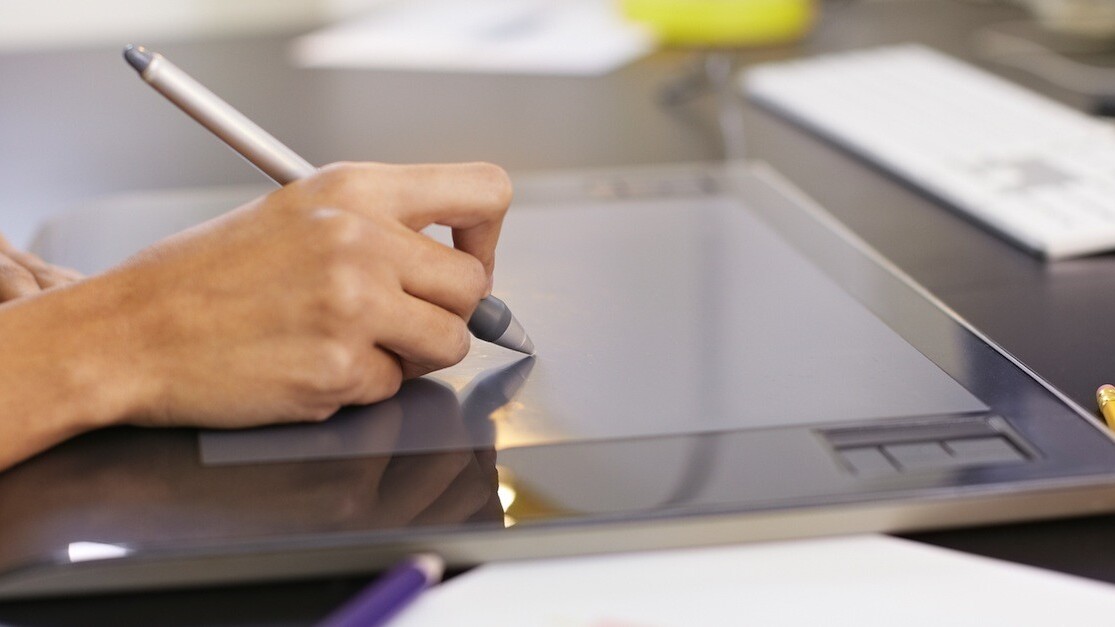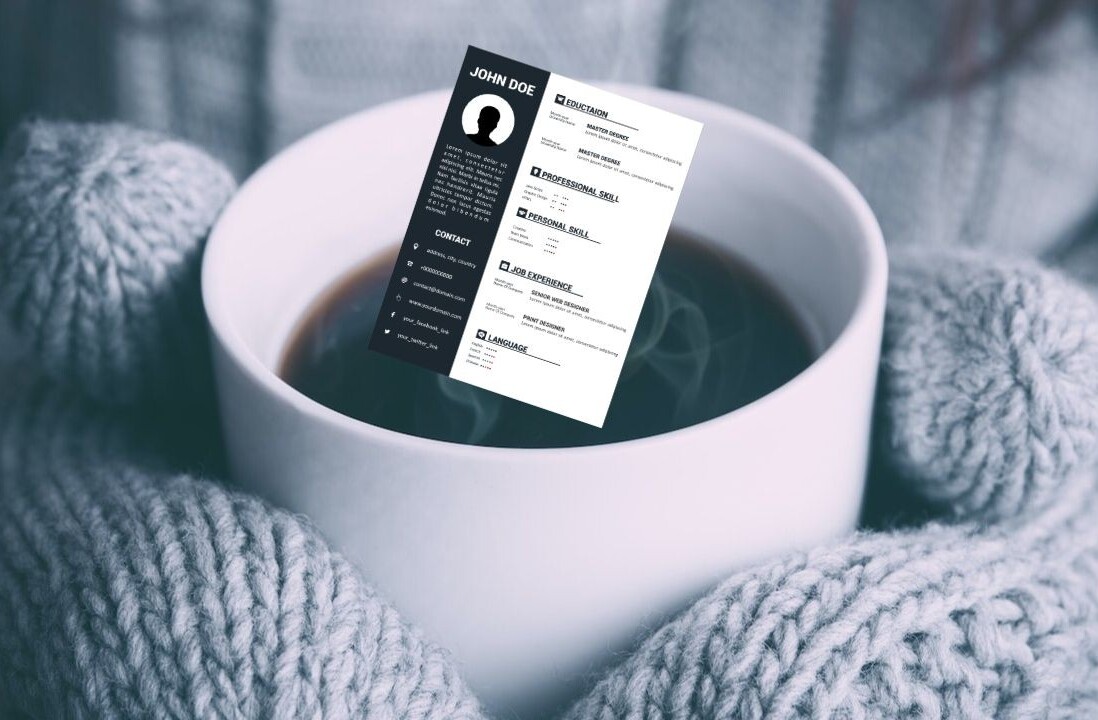
Perfecting your product’s user experience (UX) means creating something that people truly enjoy using, be it an app, gadget or multifaceted service.
Look no further than below and you’ll find a list of 13 excellent UX tips from startups like Square, Path, Uber and more.
1) Embrace guerilla usability testing
“Many startups don’t test their product at all or only after release because they fear it would be too expensive and would take too long. The truth is that with guerilla usability testing, it can be done quickly and with minimal costs.
Once you’ve defined which user tasks should be tested, start developing low fidelity paper prototypes. It’s a fantastic way to validate your ideas by using just pen and paper. When you have your paper prototype, step out of your office, find people who are at least similar to your target users and begin testing! Don’t wait too long until your first session; start as soon as you have your first design idea!”
– Nadav Poraz, Founder, WhoSampled
2) Add Google Analytics events everywhere
“One thing that every startup should implement is tracking how customers are using their interface.
By firing events on every action, you can get metrics that track Call-to-Action buttons and compare their performance to find out which one can be optimized.
You can also generate funnels to see customer retention and discover where they exit the website.
I used A/B testing with event tracking with RefurbMe in the beginning. The idea is to set up two different landing pages, show them randomly and find out which one performs better from the analytics.”
– Mohammed Elalj, CEO, Refurb.me
3) Define your product goals first
“One of the most important practices in UX design is actually done before the UX design process even starts. Defining the goals and values of the product that you would like to build is the key driver for a results-driven process.
Naturally, there are different kinds of product goals, e.g.: fulfilling a certain business model, forming a habit, creating a behavioral change or owning an experience.
Writing down goals before the UX process starts will help you set the right KPIs (Key Performance Indicators), keep your team focused and save lot’s of debate, time and energy.
At Tawkon we’ve developed a culture of precisely articulating our goals for every new product and feature we intend to develop, and apply Lean UX as a working process to get a tangible product and test with the market as quickly as possible.”
– Ori Goshen, Co-Founder & VP R&D, Tawkon
4) Get feedback early on
“Even before determining product market fit, it’s important to get early validation and feedback. Show the website or app to any and everyone.
Craigslist can be a great source of independent, unbiased users. Even approaching people in a bar can give you good perspective. For just the price of a pint, most people will be happy to give your app a whirl. If someone doesn’t grok it after a beer or two, chances are it’s too complicated.
Once an app starts to scale, user research should grow more formal. As usage increases, let user analytics demonstrate problem areas where effort should be focused. Ultimately, while big changes need to come from intuition, optimization of an interface or flow should include a structured experimentation framework.”
– Jamie Davidson, VP of Product, HotelTonight
5) Use tools to monitor user interaction
“UX has been driving purchasing decisions since trades in ancient civilizations all the way through to that café just around the corner. UX is how your customers interact with you, it’s how they perceive you, and it’s what motivates them to refer and return.
At Needle, we use 5 different tools to keep a constant eye on how users interact with our platform. We watch them use it through screen capturing (Inspectlet), we investigate heat maps to identify points of interests (Crazy Egg), we dig deep into individual actions on a per-user level to process usage patterns (Mixpanel), we step back to analyze behaviors on a macro scale (Google Analytics), and A/B test everything we implement (Optimizely).”
– Michael Cheng, Cofounder, Needle
6) Use a 3-step approach for your qualitative user interview
- Recruit: Find a low-barrier way of recruiting users so that you can habitually conduct interviews and usability tests. At Coursera, we ask students to sign up if they want to be contacted for feedback — and the response has been great.
- Connect and Document: Choose a method to conduct interviews that is most comfortable for the user. For remote interviews, use Skype or Google Hangouts, or set them up with software like Quicktime or Camtasia if they’d rather give feedback on their own time. Make sure to capture not only their screen, but also their voice and face. All of this will be helpful for drawing insights later.
- Synthesize: Be open to surprises! Proactively interpret the user’s behavior and comments, rather than mechanically react to every suggestion. After all, you are the one that holds the vision for your product.
– Minjeong Kim, Product Designer, Coursera
7) Simplify
“When it comes to UX testing, we learned to start with the idea of a user in your worst case scenario — someone who knows nothing about your product, is distracted when they onboard, has bad cell reception, etc. By watching that person use and fumble through your product (or even just imagining them using it), you can quickly identify areas where the app is not simple, clear or fast enough.
With Rithm, we made a commitment to make simplicity our top priority from day 1, and filtered every wireframe and piece of copy through these questions: Is it simple enough? and Is there anything we could do to make it simpler?”
– Jesse Dallal, Cofounder, Rithm
8) Get your app into a usable state
“The most important thing for any of our apps is to get them into a usable state as quickly as possible. With Clear, we had a basic prototype built and in use by the Realmac team in the space of a few weeks. This wasn’t just a prototype that we used in the office — we used it every day with live data around supermarkets, etc., to see how things actually worked. E.g.: was the swipe threshold too strict or loose, how did the app work when used single-handedly?
The same process applied for our newest app on the Mac: Ember. You only start finding gripes with user-flows and interactions by using an app all-day, everyday.
Getting to the point at which you can start using it all-day obviously takes a little more work that a basic idea-validation-prototype, but once you find that point with each product, that’s when you can really get to work refining things.”
– Nik Fletcher, Product Manager, Realmac Software
9) Test early, test often
“Do it early and often. When we are building products at Uber, usability and visual design helps shape the product’s story. Testing at different stages helps us refine the story by uncovering user motivations, behaviors, as well as validating the assumptions we make during the creation process.
User testing doesn’t have to be lengthy, complicated or formal. The important thing to remember is to stop, validate and refine. When we were re-imagining the Uber app, we performed a lot of informal testing by asking family, friends, colleagues to perform specific tasks for key scenarios. From signing up and requesting a car to adding/removing a credit card, we were able to surface user motivations and behaviors by asking them to talk through what they saw and expected as they navigated through the experience.”
– Shalin Amin, Head of Experience Design, Uber
10) Don’t make your designs static
“Iterate. The beauty of the web is that it changes; it’s not static. So our designs shouldn’t be static. The best testing is when you solve a problem to the best of your ability, ship it, gather feedback and watch how it’s used, and then iterate accordingly.”
– Jason VanLue, Lead Designer of Codeschool, Envy Labs
11) Stay focused and trust your intuition
“Having a tight feedback loop while building your product is key to iterating and moving quickly. For most startups, including Path, one of the most efficient and practical ways to get feedback is by testing rapidly amongst close friends, family and employees.
We treat user testing as one of many signals for making decisions. When building, it’s important to remember what specific problem you’re setting out to solve. Trust your intuition: early on, it’s especially important when larger decisions are so fragile and easily swayed. Remember that you can’t build something that pleases everyone: trying to do so normally results in a weaker, confusing release. Stay focused on the use-case you want to nail and be merciless on getting it right. The smallest details can be the difference between a product that delights and one that confuses.”
– Danny Trinh, Product Designer, Path
12) Use lean UX principles
“Here at Hailo we’re lucky enough to have the expertise (and desire) to utilize truly ‘lean’ product principles. That means connecting with your users early with features and ideas to learn — quickly — if you’re likely to add true customer and business value, before you’ve invested dramatic amounts of time and money in development. Implicit in that is an acceptance that you often launch with a minimum viable product that isn’t feature-rich. It takes time (and some guts) to adopt this process, but the rewards are immediate. I’m consistently amazed how few companies truly practice this process.
Hailo is undergoing pretty dramatic growth right now (we’ve launched in three new cities in almost as many weeks), with many more to come in the coming months, and some truly ambitious goals for 2014. That obviously brings complexity as we need to understand the needs of a growing number of customers globally. The only way we can do this is to ensure we’re consistently interacting with our users, testing and learning so we’re laser focused on an approach that combines a rapid speed to market with testing and learning. Success really is about understanding what works, and what doesn’t, as quickly as possible.
What does that mean practically? It means iterating designs via a series of prototypes, numerous times a week in numerous locations, before moving the result of those tests into a series of MVPs via an AB testing framework. We ‘kill or continue’ on the basis of those results. It’s a process of continuous improvement and we’ll iterate the process as necessary. But it works for us and we’re pretty happy with the results.”
– Jonathan Moore, Head of Product, Hailo
13) Test every possible scenario on a new build
“When releasing a new product or update, every detail matters. You must have rigorous, detail-oriented testing processes across teams to test every possible scenario on a new build. At Square, we recreate the merchant and consumer experience internally by using Square Register and accepting Square Wallet at the Square Coffee Bar and Square Kitchen. Almost daily, these locations are receiving a new beta build.”
– The Square Team
Have more advice to share? Please let us know in the comments!
Get the TNW newsletter
Get the most important tech news in your inbox each week.
This post is brought to you by Shutterstock – over 30 million stock photos, illustrations, vectors, and videos.





